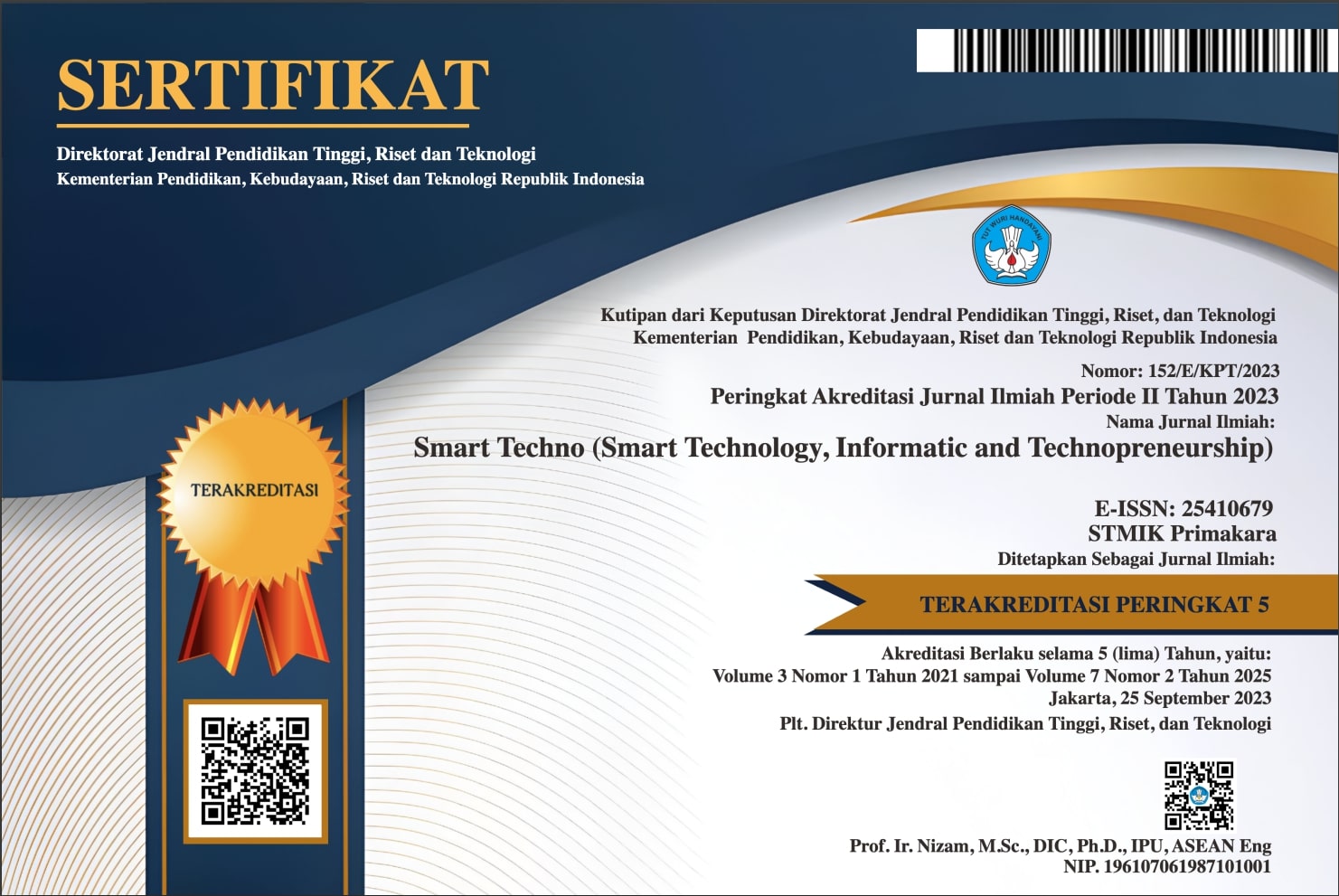Analisis Perancangan Sistem Informasi Pada Aplikasi Vidio.com
Abstract
Streaming is currently being favored by millennials. Streaming is a multimedia service that is able to offer a service that is quite adequate for users to enjoy multimedia services in real-time and maintain a stable level of stability. Streaming can be applied to wireless networks or LAN networks. With the streaming on a LAN network, the costs required to provide streaming services are even lower. The protocol used for this media server is Real Time Protocol (RTP). One of the uses of streaming technology that is widely used in daily activities is Streaming Video. One of the most popular streaming media in Indonesia today is Netflix, Disney and Vidio.com. From the research we made, we concluded that watching streaming online is something that is being popular with many people. Therefore, we chose the object, namely Vidio.com, present as one of the platforms that provide film and series shows at this time that we can watch streaming throughout Indonesia. The purpose of this report is to find out the analysis and design of the subscription system in Vidio.com. begins by looking for information on the method that will be used in our object, namely Data Structured Oriented Methodologies because this methodology emphasizes the structure of the input and output systems. After that we made a DFD or Data Flow Diagram of our object, namely Vidio.com, there are several descriptions of the process from Vidio.com's Data Flow Diagram from level 0 regarding Login to level 1.3 Watching. After creating a DFD we created a BPMN or what can be called a Business Process Modeling Notation, by making this BPMN the aim is to provide a notation that is easy to use and understandable by everyone involved in the business. after that we explain in detail about the business process of the Vidio.com object.
Downloads
References
Fadhlan, Abghi. Pengertian DFD, 2021, https://www.academia.edu/14811896/Penger tian_Data_Flow_Diagram_DFD.
Fasafaisal. Live Streaming, 2021, https://elib.unikom.ac.id/files/disk1/748/jbpt unikompp-gdl-fasafaisal-37384-8-(10)unik- i.pdf.
Iramayani, Ardiyansyah. RANCANG BANGUN SISTEM INFORMASI AKUNTANSI PENDAPATAN JASA PADA RUMAH SUSUN SEDERHANA SEWA (RUSUNAWA) HARAPAN JAYA PONTIANAK,
jakartaubanhosting. “Infrastruktur Teknologi Informasi, Komponen dan Jenisnya.” 2017, https://jakartaurbanhosting.com/infrastruktur
-teknologi-informasi/.
Kurniawan, Bayu. PERANCANGAN SISTEM APLIKASI PEMESANAN MAKANAN DAN MINUMAN PADA CAFETARIA NO CAFFE DI TANJUNG BALAI KARIMUN MENGGUNAKAN BAHASA PEMOGRAMAN, 2020, https://ejurnal.universitaskarimun.ac.id/index.php/teknik_informatika/article/.
Michael, Ruddy. Analisis dan Perancangan Sistem ANALISIS SISTEM, 2020, https://www.academia.edu/35837504/.
Primashanti, Ida Ayu. Pendekatan Rancangan Terstruktur, 2021, http://directory.umm.ac.id/SIP/Bahasan4_Pe ranc_Terstruktur.pdf.
Copyright (c) 2022 I Nyoman Gede Bayu Angga Widyasa

This work is licensed under a Creative Commons Attribution 4.0 International License.
Authors who publish with the Smart Techno agree to the following terms:
- Authors retain copyright and grant the journal the right of first publication with the work simultaneously licensed under a Creative Commons Attribution License (CC BY-SA 4.0) that allows others to share the work with an acknowledgment of the work's authorship and initial publication in this journal.
- Authors are able to enter into separate, additional contractual arrangements for the non-exclusive distribution of the journal's published version of the work (e.g., post it to an institutional repository or publish it in a book), with an acknowledgment of its initial publication in this journal.
- Authors are permitted and encouraged to post their work online (e.g., in institutional repositories or on their website) prior to and during the submission process, as it can lead to productive exchanges, as well as earlier and greater citation of published work. (See The Effect of Open Access)







